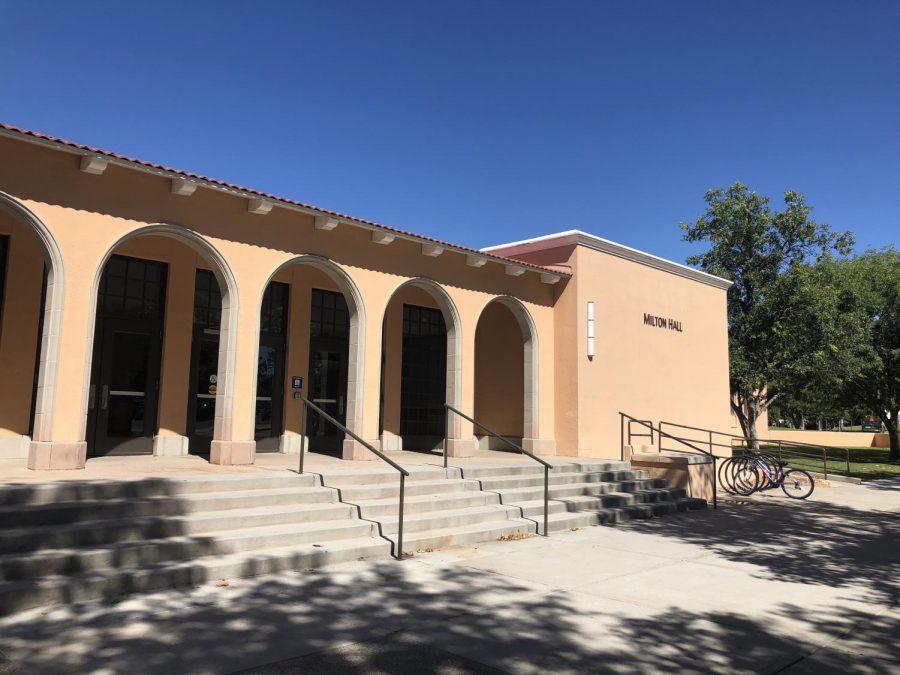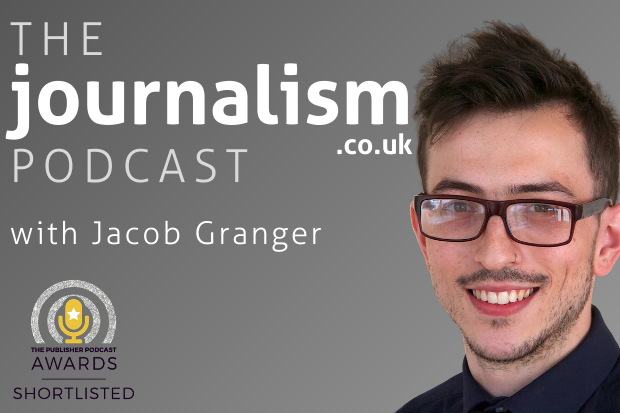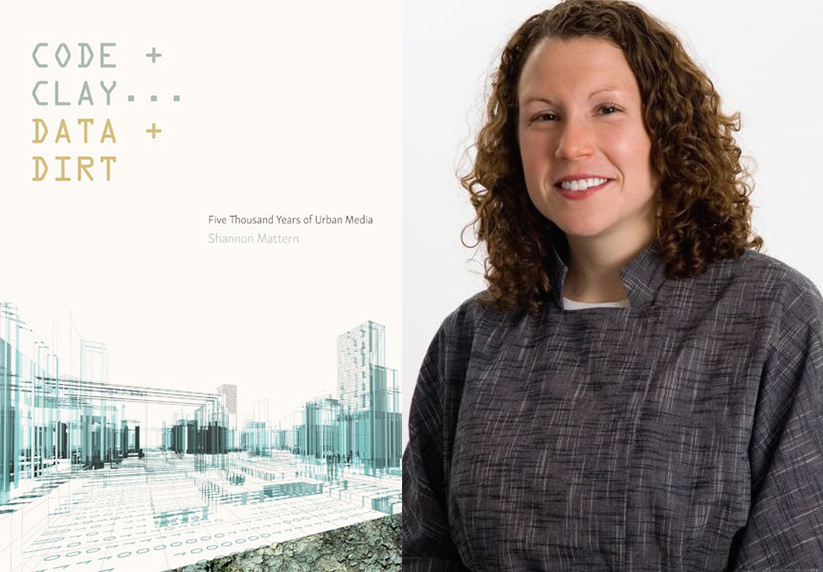The United States Study Institutes (SUSI) for Students are short-term, intensive academic programs intended to provide groups of undergraduate student leaders with a deeper understanding of the United States, while simultaneously improving their leadership skills. SUSI programs are five-week institutes in June-July that consist of a balanced series of seminar discussions, readings, group presentations, and lectures. Classroom courses and activities will be complemented by educational trips, site visits, leadership activities and volunteer opportunities within the local community. Each institute will have up to 20 participants and will include a four-week residence hall and a one-week integrated study trip. The institutes will include a residence hall component of approximately four weeks and a national study tour of approximately one week. During the residence hall, participants will also have the opportunity to participate in educational and cultural activities outside the classroom.
The study by the American Institute of Journalism and Media organized by Washington State University, will allow participants to better understand the roles and responsibilities of a free press in American society. The Institute will examine the role of journalists in preventing misinformation and explore media literacy strategies such as critical thinking to counter misinformation. Academic sessions will examine First Amendment rights, the impact of technology on journalism, editorial independence, journalistic ethics, legal restraints, civic journalism, and digital and social media. Finally, the Institute will provide participants with opportunities to gain hands-on experience in the profession of journalism, including research, reporting, writing and editing. In addition to classroom activities, participants will meet with local media and travel to Atlanta, Georgia for a study trip. The Institute will conclude in Washington, DC, where participants from the four institutes will gather for a closing forum. During the closing forum, attendees will have the opportunity to network, discuss their action plans, and engage in conversations on relevant topics with local subject matter experts.
OTHER ESSENTIAL PROGRAM INFORMATION:
Program funding: Through an award to FHI360, ECA will cover all participant costs, including: program administration; domestic travel and ground transportation; visa travel; book, cultural, postal and incidental allowances; and housing and subsistence. FHI360 will arrange and pay for participants’ international travel and visa costs and travel allowances within agreed limits and in coordination with Fulbright Posts and Commissions.
Organization of accommodation and meals: Accommodation will be in shared university dormitories on campus with shared bathrooms. Male participants will be accommodated on one floor and female participants on a separate floor. Most meals will be served in campus facilities, although participants may have access to a kitchen to cook some meals themselves. It is important that candidates are aware of these arrangements and are comfortable with such accommodations.
Care will be taken to ensure that any special requirements regarding food, daily worship, housing and medical care are met.
Health Benefits: All participants will receive Department of State coverage of $100,000 with a $25 co-pay per medical visit and $75 co-pay per emergency room visit, for the duration of the program. Pre-existing conditions may be covered up to $100,000, subject to policy exclusions and limitations. Information about the health benefits program can be found online at https://www.sevencorners.com/gov/usdos.
Program Requirements and Restrictions: Participants must participate fully in the academic program. They must attend all organized lectures and activities, and complete assigned readings. Applicants should be aware that the Institute is very intensive and there will be little time for personal activities unrelated to the program.
English language proficiency: All applicants must be proficient in English in order to be able to actively participate in the academic program. Host institutions will take into account that students’ level of understanding and ability to express themselves may vary and will prepare lectures and discussions that meet the highest academic standards while using appropriate language for students whose English is their second or third language. Positions should indicate the level of English proficiency in the Q section of the nomination form.
Candidates nominated for this program will:
- be fluent in English;
- be interested in the subject of the Institute;
- be between 18 and 25 years old;
- have at least one semester remaining of their undergraduate studies and therefore are committed to returning to their home university upon completion of the program;
- demonstrate strong leadership qualities and potential in their academic and community activities;
- demonstrate a serious interest in learning more about the United States;
- have a high and sustained level of academic achievement, as indicated by teacher grades, awards, and recommendations;
- demonstrate commitment to community and extracurricular university activities;
- have little or no study or travel experience in the United States or elsewhere outside of their home country;
- be mature, responsible, independent, confident, open-minded, tolerant, thoughtful and curious;
- be willing and able to fully participate in an intensive academic program, community service, and educational travel; and,
- be comfortable with campus life, willing to share accommodation, and able to adapt to cultural and social practices different from those of their home country.
Interested candidates should send a personal statement and CV to [email protected] and [email protected] no later than midnight on Friday, December 27.
The personal statement is a way to tell us about you and your goals, including: What about your background and/or interests makes you competitive for the SUSI exchange program? What will you bring to the program? How will the program affect you personally or professionally? Please structure your essay in paragraphs and limit your response to 500 words, or approximately one page, single-spaced.





/cloudfront-us-east-1.images.arcpublishing.com/gray/L6CUZVG5DZDY3PCR2Q2MD5LYLE.jpg)




